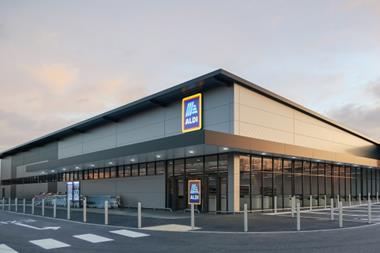The rising cost of household groceries has seen an increasing number of consumers purchasing supermarket own-label products rather than branded equivalents, according to Nielsen.
Over the last three months, consumer spending on supermarket own-label products rose 5.5% compared with last year, nearly five times the spending growth of branded products (up 1.2% year on year). The average increase in sales across all grocery products was 3.5%.
Mike Watkins, Nielsen’s UK head of retailer and business insight, said: “The return of inflation means shoppers are increasingly turning to supermarkets’ own-label products to help manage their weekly grocery spend.
“Own-brand sales are growing across all major food retailers but fastest at the discounters – Aldi and Lidl – and at the Co-operative, Iceland, M&S and Tesco.”
Watkins believes that supermarkets are increasingly reluctant to pass on all of the rising cost of groceries to shoppers.
He added: “Looking at what shoppers are putting into their baskets suggests food retailers are helping shoppers manage the impact of inflation by offering different ranges of own-label alongside brands across many categories.”
The proportion of consumer spend that went on promotional items also rose slightly to 28%, with roughly 60% of these promotions being price cuts.
The rise of inflation means the grocery sector has been in growth for over 12 months, with all of the big four supermarkets chains experiencing year-on-year growth in the four weeks ending 9 September 2017. This growth is expected to continue for the rest of the year.
Despite the positive outlook, Watkins said: “The big supermarkets will need to keep on their toes.
”The three main challenges are: to grow spend per visit faster; to encourage frequency of visit for different shopping missions and; to have inspiring media campaigns that help build loyalty through to the end of the year and the all-important Christmas shop.”
Nearly two-thirds of households now visit a discounter at least once every three months, helped by the rapid increase in store nuimbers, according to Nelsen.

















No comments yet